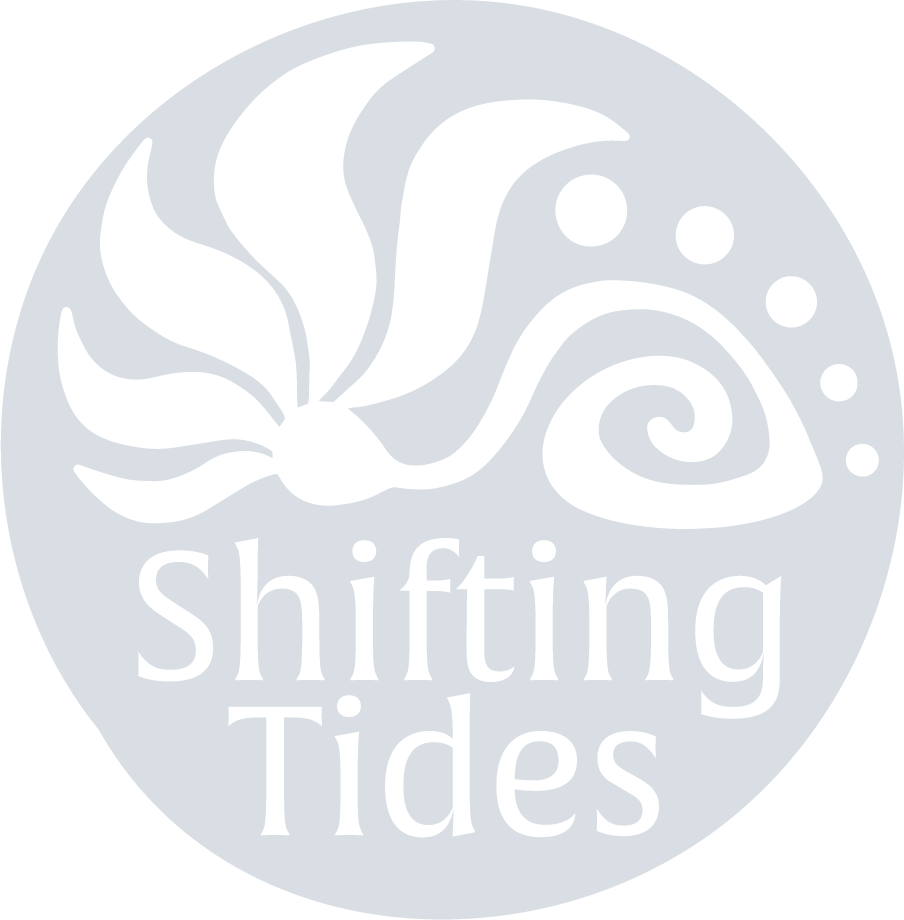Seasonality of Shellfish Foraging on the Oregon Coast
With my workshop season taking a pause, I figured I could throw out some information about how the seasons affect shellfish foraging along the Oregon Coast.
Sign up to read this post
Join Now

